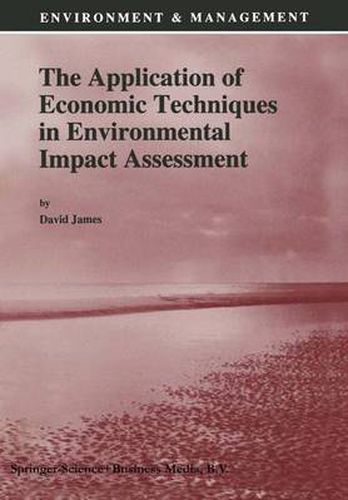Readings Newsletter
Become a Readings Member to make your shopping experience even easier.
Sign in or sign up for free!
You’re not far away from qualifying for FREE standard shipping within Australia
You’ve qualified for FREE standard shipping within Australia
The cart is loading…






This title is printed to order. This book may have been self-published. If so, we cannot guarantee the quality of the content. In the main most books will have gone through the editing process however some may not. We therefore suggest that you be aware of this before ordering this book. If in doubt check either the author or publisher’s details as we are unable to accept any returns unless they are faulty. Please contact us if you have any questions.
This volume is based on a number of reports prepared over several years for a research project jointly sponsored by the United Nations Environment Programme, the Australian International Development Assistance Bureau and the Australian and New Zealand Environment and Conservation Council. Since release of the report of the World Commission on Environment and Development, the quest has intensified for methods that combine economic analysis and environmental assessments to achieve the goals of sustainable development. The main purpose of this volume is to explain how this may be accomplished. It combines scientific assessments, economic analysis and governmental procedures in an integrated approach to planning for economic development and environmental protection. The first four chapters explain economic concepts and techniques and their incorporation in EIA procedure. Six case studies are presented, demonstrating practical applications in different countries - Indonesia, Thailand, Nepal, the Philippines, Hawaii and Australia. The volume should assist all participants involved in environmental impact assessment: public and private development proponents, environmental and conservation groups, public administrators and decision-makers, and interested members of the public. The book aims to provide a wide perspective on the field by combining economics, EIA techniques, procedures, and institutional aspects.
$9.00 standard shipping within Australia
FREE standard shipping within Australia for orders over $100.00
Express & International shipping calculated at checkout
This title is printed to order. This book may have been self-published. If so, we cannot guarantee the quality of the content. In the main most books will have gone through the editing process however some may not. We therefore suggest that you be aware of this before ordering this book. If in doubt check either the author or publisher’s details as we are unable to accept any returns unless they are faulty. Please contact us if you have any questions.
This volume is based on a number of reports prepared over several years for a research project jointly sponsored by the United Nations Environment Programme, the Australian International Development Assistance Bureau and the Australian and New Zealand Environment and Conservation Council. Since release of the report of the World Commission on Environment and Development, the quest has intensified for methods that combine economic analysis and environmental assessments to achieve the goals of sustainable development. The main purpose of this volume is to explain how this may be accomplished. It combines scientific assessments, economic analysis and governmental procedures in an integrated approach to planning for economic development and environmental protection. The first four chapters explain economic concepts and techniques and their incorporation in EIA procedure. Six case studies are presented, demonstrating practical applications in different countries - Indonesia, Thailand, Nepal, the Philippines, Hawaii and Australia. The volume should assist all participants involved in environmental impact assessment: public and private development proponents, environmental and conservation groups, public administrators and decision-makers, and interested members of the public. The book aims to provide a wide perspective on the field by combining economics, EIA techniques, procedures, and institutional aspects.